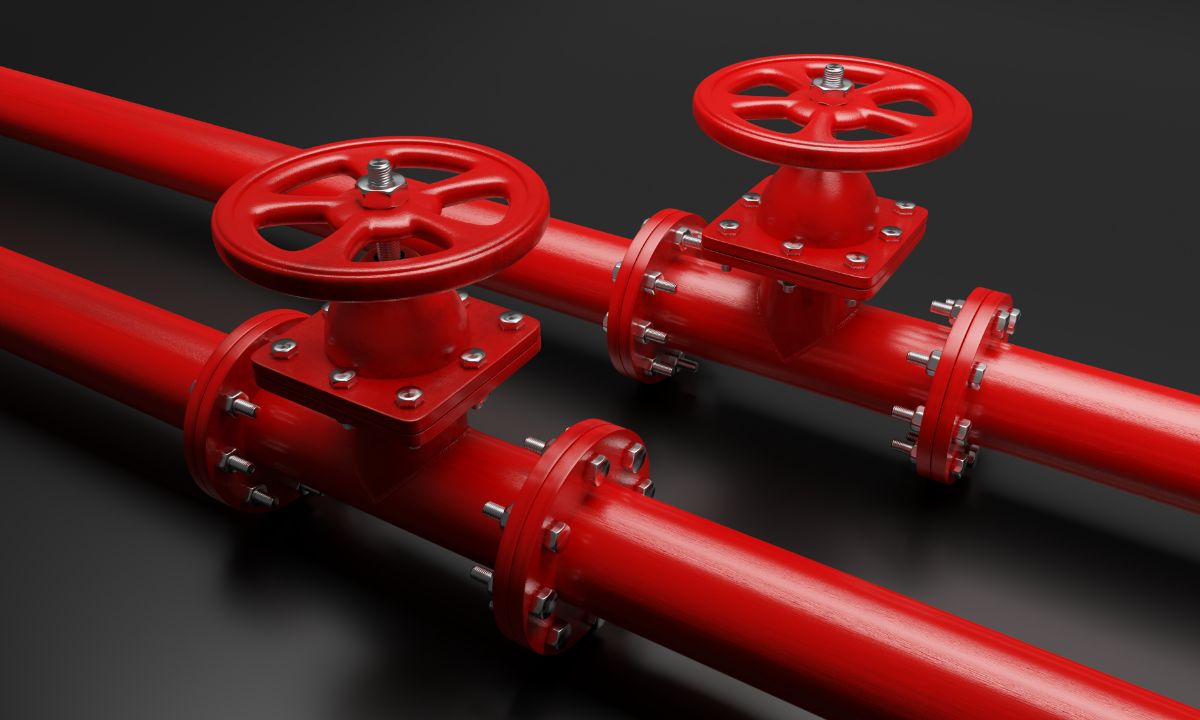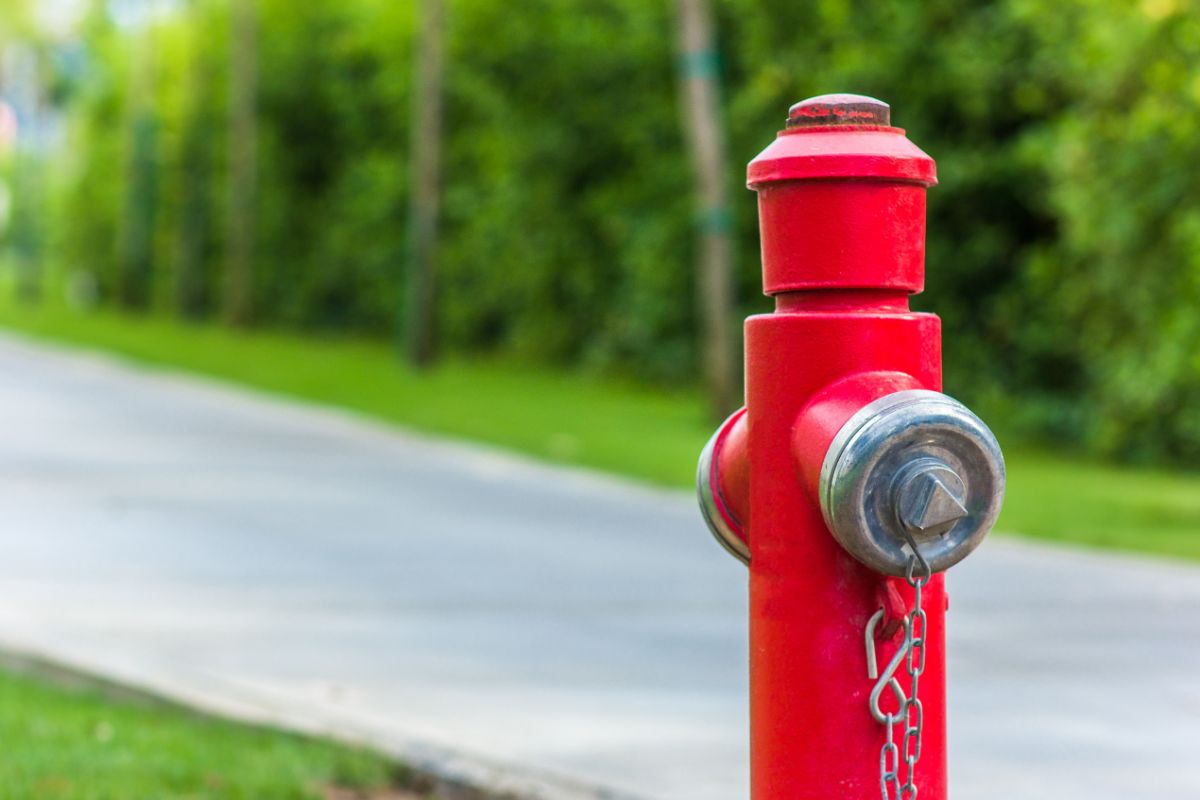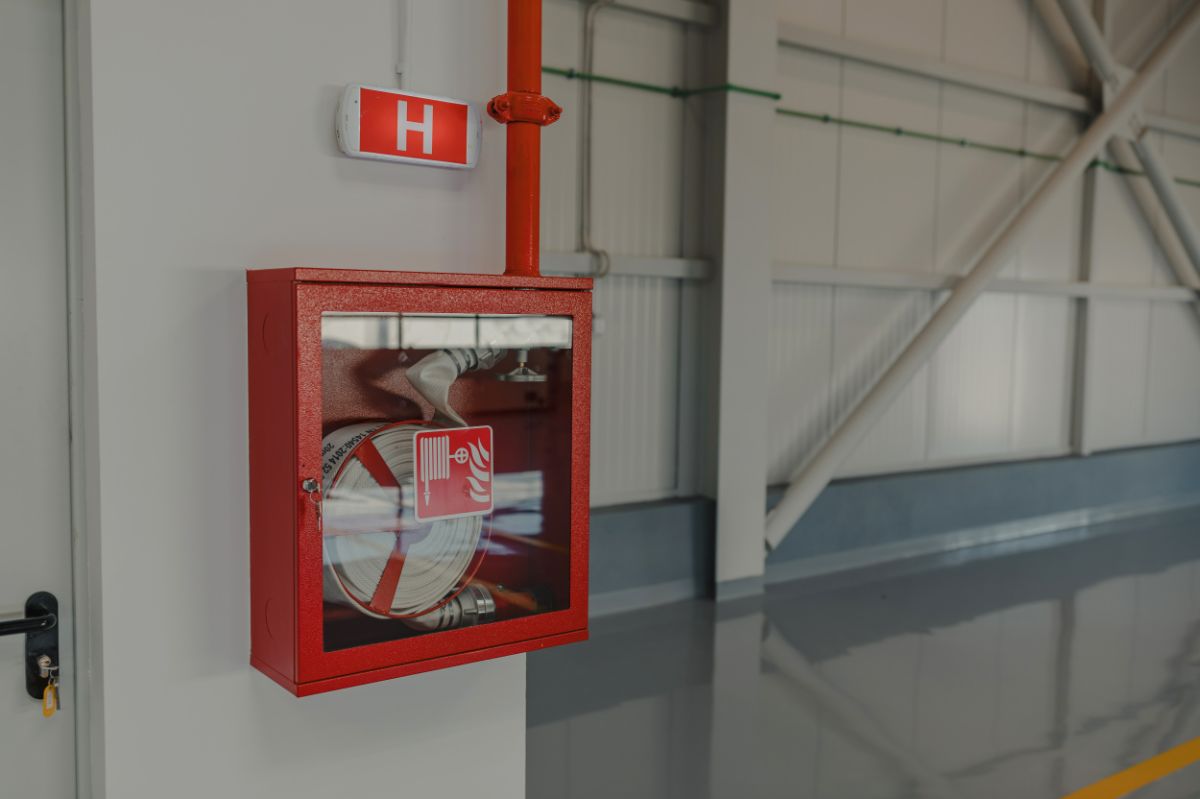
Ultimate Guide to Fire-Fighting Pipes in the Philippines
Overview
In the Philippines, fire incidents pose a significant concern, highlighting the importance of understanding fire-fighting pipes for creating a safe environment. This comprehensive guide delves into the types of fire-fighting pipes commonly used in the Philippines, covering their applications, installation guidelines, maintenance requirements, and the regulatory framework governing their use. We explore the characteristics and suitability of red-painted pipes, black iron pipes, and galvanized pipes, allowing readers to make informed decisions based on specific building requirements
In the Philippines, where fire incidents are a significant concern, understanding the various aspects of fire-fighting pipes becomes crucial for creating a safe environment.
In this comprehensive guide, we will explore the types of fire-fighting pipes commonly used in the Philippines, their applications, installation guidelines, maintenance requirements, and the regulatory framework governing their use. Let’s dive into the ultimate guide to fire-fighting pipes in the Philippines.
Types of Fire-Fighting Pipes
In the Philippines, fire-fighting pipes are available in a variety of types, each with its own distinct characteristics. It’s essential to understand the pros and cons of each pipe type to select the most suitable option based on factors such as the building environment and specific requirements.
Let’s explore the different types of fire-fighting pipes commonly used in the Philippines and their unique characteristics to help you make an informed decision for your fire safety needs.
- Red-Painted Pipes – These pipes are typically made of schedule-40 steel and are coated with red paint to signify their purpose for firefighting systems. They are known for their durability, high-pressure tolerance, and resistance to corrosion. They are suitable for both indoor and outdoor installations and are commonly used in commercial and residential buildings because red pipes are easy to maintain also just like any other fire-fighting pipes.
- Black Iron Pipes – Made from mild steel, black iron pipes are another popular choice for fire-fighting systems. They offer excellent strength and resistance to heat, making them suitable for high-temperature environments. Black iron pipes are often used in industrial settings where there may be exposure to harsh conditions.
- Galvanized Pipes – These are steel pipes coated with a layer of zinc to protect against corrosion. They are highly durable and have excellent resistance to rust, making them ideal for outdoor fire-fighting applications. Galvanized pipes are commonly used for sprinkler systems, fire hydrants, and standpipes.
Applications and Benefits

Fire-fighting pipes play a crucial role in ensuring the safety of buildings and occupants during fire incidents. These pipes serve various applications within fire suppression systems, providing a reliable means of delivering water to extinguish flames. Understanding their applications and the benefits they offer is essential for creating an effective fire safety infrastructure in the Philippines. Their applications extend to various areas within a building, including:
- Sprinkler Systems – Fire-fighting pipes distribute water to sprinkler heads strategically placed throughout a building. In the event of a fire, the heat triggers the sprinkler heads, activating the flow of water to suppress the fire.
- Standpipes – These vertical pipes, equipped with outlets at different levels, allow firefighters to connect their hoses to deliver water to higher floors. Standpipes are vital for fire-fighting operations, ensuring quick access to water sources.
- Fire Hydrants – Fire-fighting pipes connect to fire hydrants, providing a readily available water supply for firefighting purposes.
The benefits of fire-fighting pipes include their durability, resistance to corrosion, and ability to withstand high water pressures. They offer reliability in delivering water to extinguish fires, thereby safeguarding lives and property.
Installation Guidelines
Proper installation of fire-fighting pipes is crucial for ensuring their optimal functionality and reliability during fire emergencies. It is a complex process that requires careful planning and adherence to specific guidelines. You can consider the following guidelines:
- Consult with Experts – Engage the services of fire safety consultants or engineers who specialize in designing fire-fighting systems. They will assess your building’s specific requirements and design an appropriate system.
- Pipe Sizing – Properly sized pipes are essential for maintaining optimal water flow and pressure. Consult relevant building codes, standards, and guidelines to determine the appropriate pipe sizes based on factors such as occupancy, fire risks, and hydraulic calculations.
- Strategic Placement – Fire-fighting pipes should be strategically located to provide comprehensive coverage throughout the building. Consider factors such as accessibility, proximity to fire hydrants, and potential obstacles during the routing process.
- Valves and Connections – Install valves and connections at appropriate intervals to control the flow of water within the fire-fighting system and ensure easy access for maintenance and emergency operations. These components should be properly labeled for quick identification during emergencies.
Maintenance and Inspection

Fire-fighting pipes, like any other mechanical components, require routine care and attention to ensure their optimal performance during emergencies. By prioritizing maintenance and inspections, you can identify potential issues, prevent system failures, and ensure that your fire-fighting pipes are always in optimal condition.
Understanding the maintenance and inspection requirements will help you create a safer environment and enhance the reliability of your fire safety measures. Here are some key practices to consider:
- Scheduled Inspections – Conduct routine inspections to check for leaks, corrosion, blockages, or any signs of damage. Inspect sprinkler heads, valves, and connections to ensure they are in proper working condition.
- Flushing and Testing – Periodically flush the fire-fighting pipes to remove any debris or sediment that may impede water flow. Conduct functional tests to verify the operational efficiency of the system, including the activation of sprinkler heads.
- Professional Servicing – Engage certified fire safety technicians to perform detailed inspections, repairs, and maintenance tasks as required. These professionals have the expertise to identify potential issues and address them effectively.
- Documentation – Maintain a comprehensive record of maintenance activities, inspections, and repairs. This documentation serves as proof of compliance and aids in tracking the history and condition of the fire-fighting system.
Regulations and Compliance
Fire safety regulations in the Philippines are governed by entities such as the Bureau of Fire Protection (BFP) and local government units (LGUs). Compliance with these regulations is essential to ensure the safety of occupants and adherence to legal requirements.
Familiarize yourself with the Fire Code of the Philippines, which provides comprehensive guidelines for fire prevention, suppression, and control. The code specifies requirements for fire-fighting systems, including pipe materials, installation standards, and regular inspections.
Additionally, stay updated on any relevant updates or amendments to the fire safety regulations issued by the BFP and LGUs. Compliance with these regulations not only promotes safety but also helps avoid legal penalties and ensures the credibility of your fire-fighting system.
Key Takeaway
And that was your guide to firefighting pipes in the Philippines. Understanding the various aspects of fire-fighting pipes is crucial for creating a reliable fire safety infrastructure in the Philippines. Fire safety is a shared responsibility, and investing in high-quality fire-fighting pipes will help protect buildings and lives from the devastating impact of fires.
Discover the Supreme Difference with Supreme Steel Pipe, the leading GI pipe supplier in the Philippines. Our commitment to delivering superior quality, exceptional service, and unbeatable value sets us apart. Whether you’re a contractor, builder, or homeowner, our top-notch GI pipes and piping solutions are readily available.
Don’t settle for less when it comes to your project and building needs for safety. Contact us today and experience the pride of choosing Supreme Steel Pipe!


